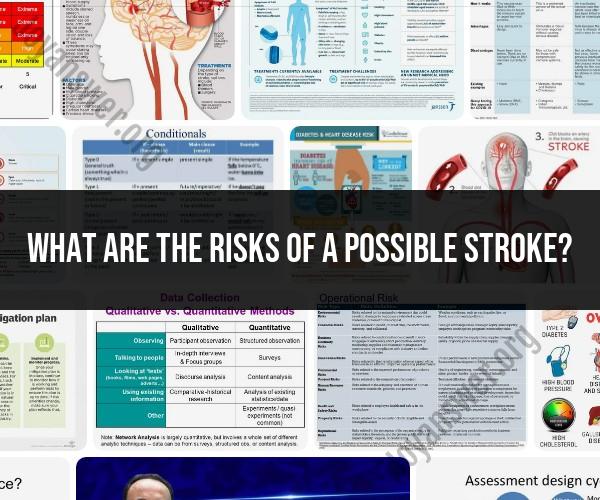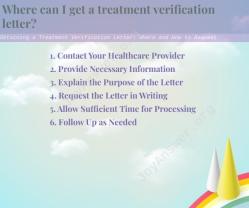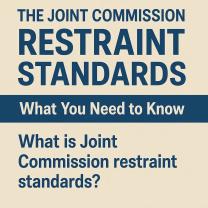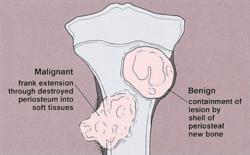What are the risks of a possible stroke?
Strokes are serious medical events that occur when there is a disruption in the blood supply to the brain, leading to brain cell damage or death. Understanding the risk factors associated with stroke is crucial for prevention and early intervention. Stroke risk factors can be categorized into two main types: modifiable and non-modifiable.
Non-Modifiable Risk Factors (Factors you cannot change):
Age: The risk of stroke increases with age, especially after the age of 55. However, strokes can occur at any age, including in children and young adults.
Gender: Stroke rates tend to be higher in men than in women. However, stroke remains a significant health concern for both genders.
Family History: A family history of stroke or certain genetic factors can increase your risk.
Race and Ethnicity: Some racial and ethnic groups, such as African Americans, Hispanics, and Native Americans, have a higher risk of stroke.
Modifiable Risk Factors (Factors you can control or manage):
High Blood Pressure (Hypertension): Elevated blood pressure is the single most important modifiable risk factor for stroke. Managing blood pressure through lifestyle changes and medication can significantly reduce stroke risk.
Smoking: Smoking tobacco products, including cigarettes and cigars, increases the risk of stroke. Quitting smoking is one of the most effective ways to reduce this risk.
High Cholesterol: High levels of LDL cholesterol (often referred to as "bad" cholesterol) can lead to the buildup of fatty deposits in the arteries (atherosclerosis), increasing stroke risk. Managing cholesterol through diet and medication is important.
Diabetes: Diabetes can damage blood vessels and increase the risk of stroke. Proper management of blood sugar levels is crucial in reducing this risk.
Obesity and Physical Inactivity: Being overweight or obese and leading a sedentary lifestyle can contribute to multiple stroke risk factors, including hypertension, diabetes, and high cholesterol. Regular physical activity and a healthy diet can mitigate these risks.
Diet: A diet high in saturated and trans fats, sodium, and low in fruits, vegetables, and whole grains can contribute to stroke risk. A heart-healthy diet rich in fruits, vegetables, and whole grains can lower this risk.
Alcohol Consumption: Excessive alcohol consumption can raise blood pressure and increase the risk of stroke. Moderation or abstinence is recommended.
Atrial Fibrillation (AFib): AFib is an irregular heartbeat that can lead to the formation of blood clots in the heart, which can then travel to the brain and cause a stroke. Medications and interventions can reduce this risk.
Carotid Artery Disease: Narrowing or blockage of the carotid arteries due to atherosclerosis can increase the risk of stroke. Surgical or medical interventions may be necessary to manage this risk.
Drug Abuse: Illicit drug use, particularly cocaine and amphetamines, can significantly increase the risk of stroke.
Sleep Apnea: Untreated sleep apnea can lead to high blood pressure and other cardiovascular problems, increasing the risk of stroke.
Migraines with Aura: Some migraine sufferers, particularly those with auras, may have an increased risk of stroke, especially if they also have other risk factors.
It's essential to be aware of these risk factors and take steps to manage or control them through lifestyle changes, medication, and regular medical check-ups. Reducing risk factors can significantly decrease the likelihood of experiencing a stroke and promote overall cardiovascular health. If you or someone you know is at risk or experiencing stroke symptoms, seek immediate medical attention, as timely treatment is critical in minimizing the damage caused by a stroke.













